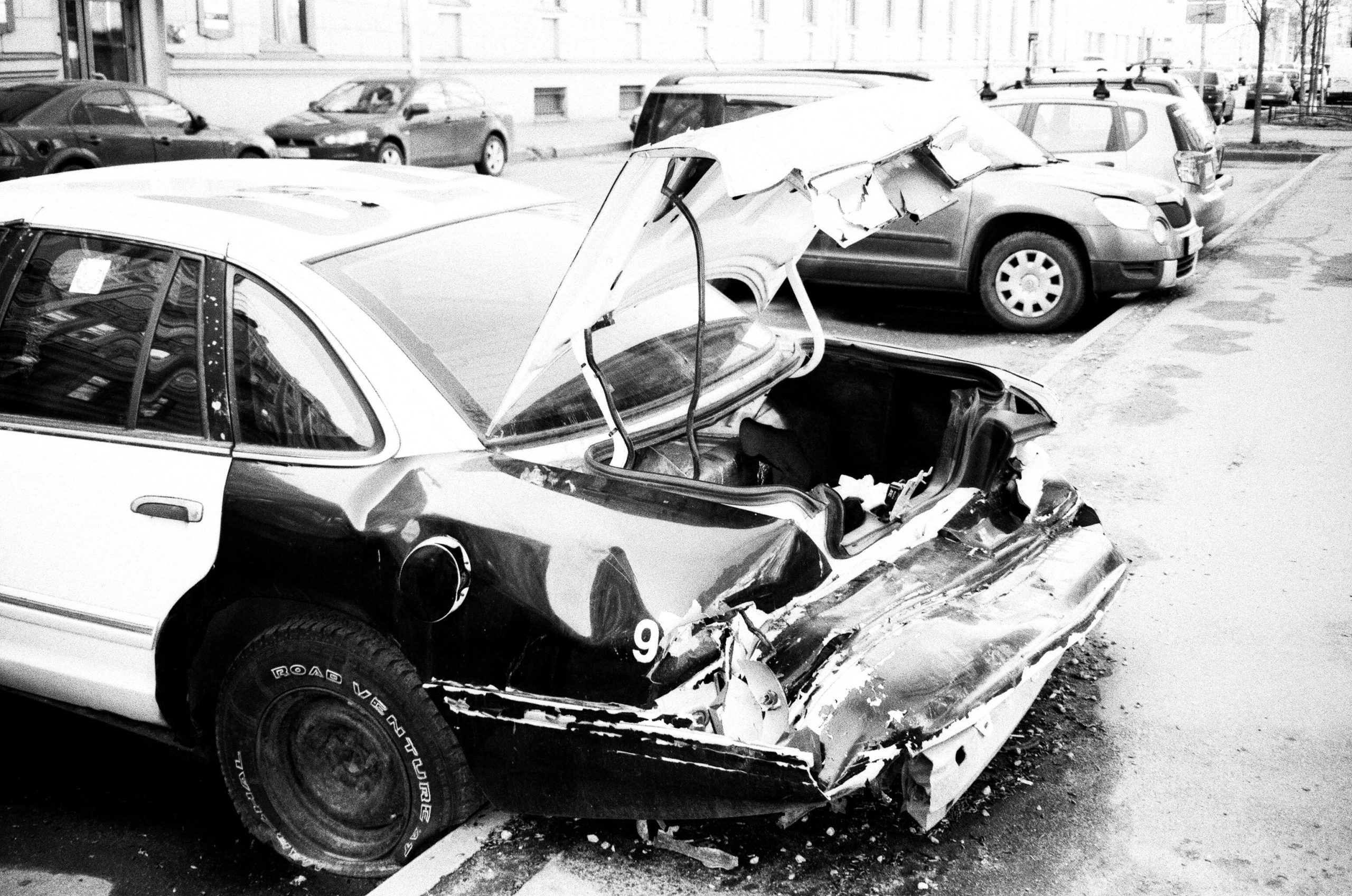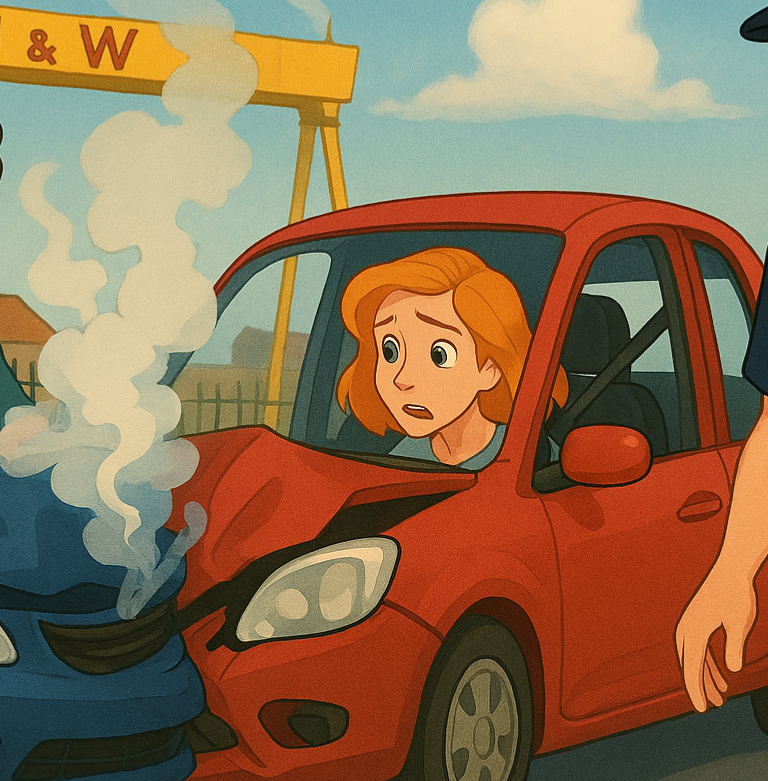From Belfast to Bangor, people in Northern Ireland are involved in incidents that aren’t their fault and are injured as a result. But how do you make a claim for compensation if it happens to you?
If you have been involved in an accident in which you became injured and it wasn’t your fault, seeking compensation could provide you with the financial support to help you recover and move forward after an injury. Reporting the incident could even prevent that accident from happening to someone else. At Lacey Solicitors Belfast, our lawyers specialise in Insurance and Injury and could help you achieve the maximum possible compensation after a slip and fall, medical treatment gone wrong, or an accident at work.
How do you Make a Personal Injury Claim in Northern Ireland?
If you live in Belfast, Antrim, or anywhere else in NI, the process for bringing a compensation claim after an accident is always the same. The first thing you will need is an accident lawyer capable of representing your interests.
Lacey Solicitors have a proven record of commitment to a high quality service. Whether we are dealing with a significant fatal accident, to a minor whiplash injury, our approach is always the same and which is why our clients recommend us. We invest in technology that can speed up your appointment times, court dates and meetings etc. This frees up our solicitors to speak with you personally and speak with our opposition directly.
After you have chosen a personal injury solicitor, you can begin the process of making your claim for compensation.
Making Your Claim for Compensation
To begin your claim for compensation, our personal injury solicitors will arrange a discussion with you to take as much detail as possible. Some of the details that we might need is;
- The date of the accident.
- The location of the accident.
- Employment details if it was an accident at work.
- Registration numbers if it was a road traffic accident.
- Your detailed recollection of how the incident occurred.
- The names of all parties involved.
- Any witness details
- The treatment sought by you.
Once we have this information, we can determine if we think you have a case. If so, we will put together a claim summary for your perusal. Once you sign this and return it to us, we can create a Letter of Claim.
What is a Letter of Claim?
A Letter of Claim is the intial letter, written by your Solicitor which summarises the details of the accident and delivers these details to the person/company (or their insurance company) who you believe to be at fault. It will outline what happened, how it affected you, and notify the third party of your intent to bring a compensation claim.
After this letter is sent, the third party has a short timeframe to acknowledge the claim. There is a protocol in Northern Ireland that suggests they are then allowed a few months to fully investigate the matter. They should later indicate whether they accept liability or deny liability.
Do you Have to go to Court for Personal Injury Claims in Belfast?
While taking your case to court is an excellent way to establish the other party’s fault, it is not the only way to receive compensation.
Legal fees are higher if a case proceeds to Court. At Lacey Solicitors Belfast, we believe that bringing a case to court should be the last resort. We will, throughout all stages of your case try to discuss the matter with our opposition to try and settle the case without going to court.
Our belief is that settling a case before court, saves time, money and stress for all parties.
We only bring cases to court for two reasons;
- Liability for the accident is in dispute.
- We cannot reach an agreement with the otherside on a suitable settlement figure
Finding a Personal Injury Solicitor Near You
At Lacey Solicitors, we pride ourselves in our ability to provide assistance to clients across all of Northern Ireland. With the latest technologies you no longer need to have a solicitor on your doorstep and we can arrange an appointment at a location suitable to you. In some circumstances our solicitors can even come directly to you.
Every job has a tool and we recommend using injury lawyers for injury claims. Our experience in Insurance and Injury Law allows us to make a claim on your behalf against the at fault insurance company. Whether you are in Enniskillen or Lisburn, the Lacey Solicitors team are here to help.
Enquire Now to Begin Your Personal Injury Claim with Lacey Solicitors.

















